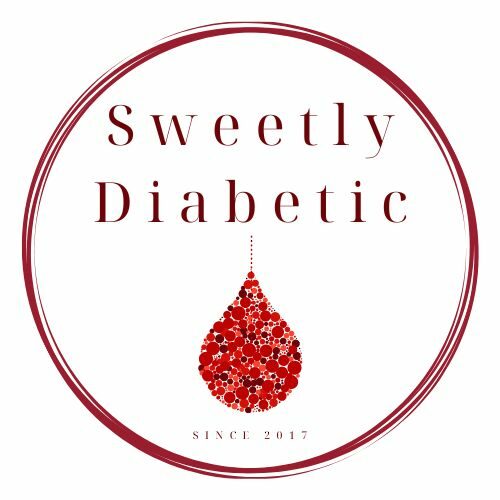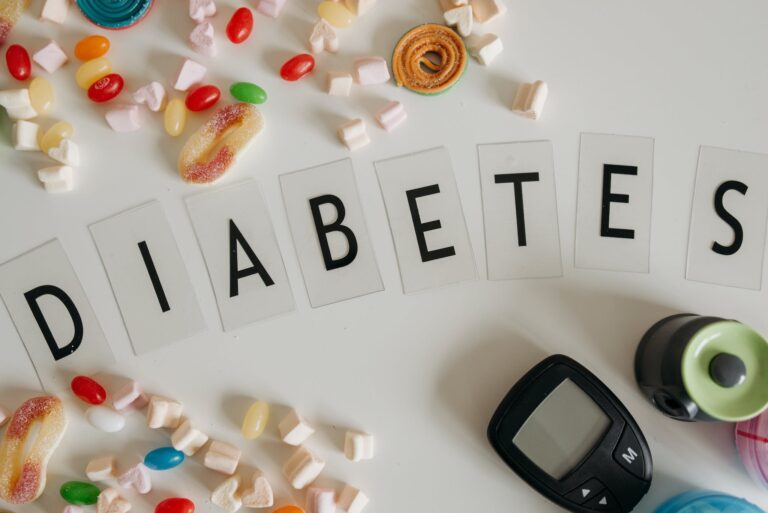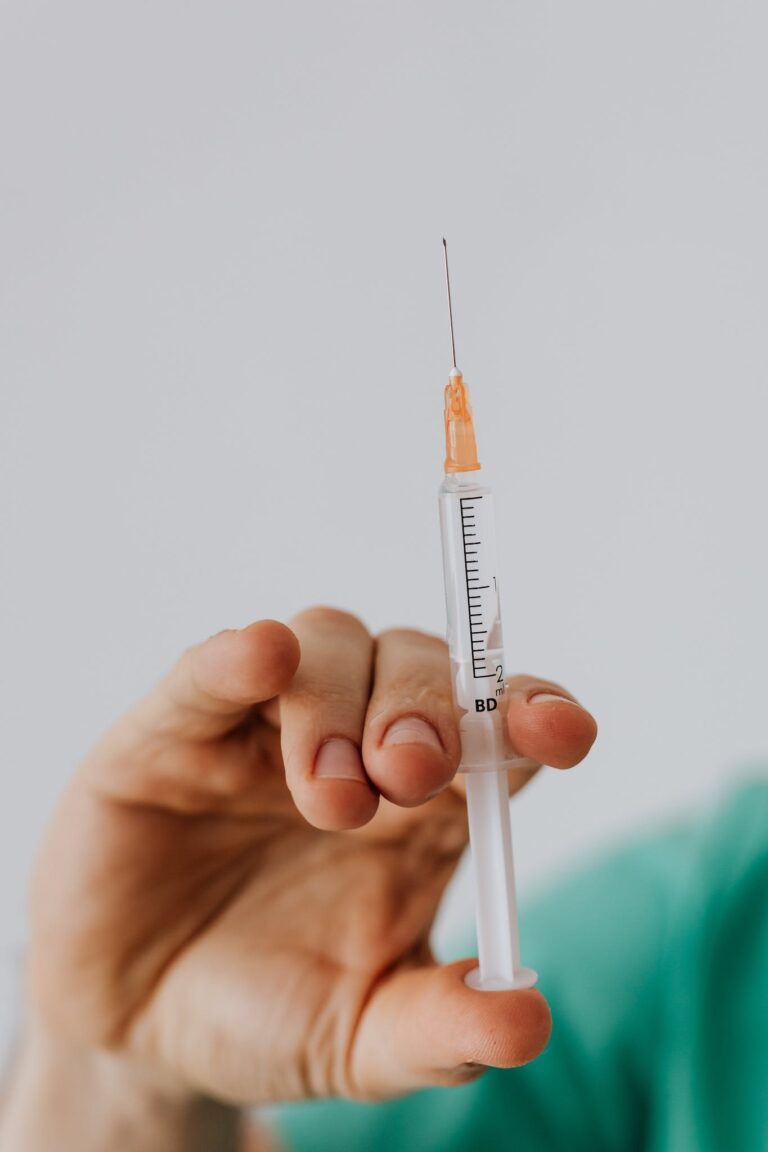Recognizing the Subtle Signs of T1D
Recognizing the Signs
In the world of health, some conditions are masters of disguise, and Type 1 diabetes is undoubtedly one of them. Looking back, I can see there were some small signs that, at the time, I brushed off with plausible explanations. Here’s a glimpse into my journey of recognizing the subtle signs of Type 1 diabetes:
Blurry Vision
My vision was slightly blurry, but I attributed it to age, thinking it was time for reading glasses.
Overwhelming Exhaustion
With a 9-year-old, a 5-year-old, a new foster baby at home, a full-time job, and the demands of everyday life, I was constantly tired. I chalked it up to the chaos of motherhood and a busy lifestyle.
Unquenchable Thirst
My thirst was insatiable, but it was the summertime in North Carolina. Naturally, I assumed I needed to stay hydrated to beat the heat.
Frequent Urination
Of course, I was going to the bathroom a lot; I was drinking a ton of water. That’s just how it works, right?
Shortness of Breath
Climbing stairs left me winded, but I rationalized it as a lack of cardio exercise in my routine.
Unexplained Weight Loss
Perhaps the most telling sign was my weight loss. Friends began expressing concern about my shrinking figure, but I couldn’t see it as a problem. In fact, I welcomed the change, reveling in my newfound size 8 clothing. I thought I had finally achieved a weight I was happy with.
**Side note: this is the one symptom that differed from Type 2 Diabetes. Type 2 Diabetics typically gain weight.**
Leg and Foot Pain
I experienced discomfort in my legs and feet, but I attributed it to residual effects from my back surgery the year prior.
The tipping point came when friends started voicing their worries about my weight loss. I decided to see a doctor, not fully understanding what I was looking for. I simply requested blood work to investigate the cause of my unintentional weight loss. In my mind, I considered the possibility of a thyroid issue.
Unbeknownst to me, my symptoms were pointing to Type 1 diabetes, a condition that was stealthily affecting my health. The early signs were so subtle that even my doctor initially dismissed them as potential anxiety-related issues, neglecting to conduct blood work during my first visit.
What I later learned is that the early symptoms of Type 1 diabetes often go unnoticed or are easily explained away. It typically goes undiagnosed until it reaches a critical stage, sometimes requiring hospitalization. In my case, my A1C was a staggering 14, and my blood sugar levels were over 400 when I was finally diagnosed. I had been feeling unwell for so long that I had come to accept it as my new normal.
Recognizing these subtle signs and seeking medical attention can make all the difference in managing and treating Type 1 diabetes. It’s a reminder that our bodies sometimes communicate through small, easily dismissed signals, and it’s essential to listen and act when something doesn’t feel right.








